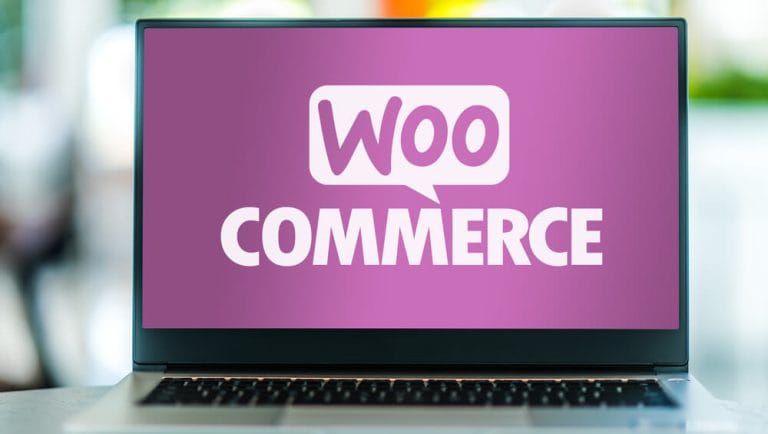Ecommerce Shipping Strategies 101

If you’re launching your first ecommerce website, shipping can feel overwhelming—but it doesn’t have to be. Choosing the right ecommerce shipping strategies can reduce costs, simplify logistics, and even boost customer satisfaction. This guide breaks down the most popular shipping options in plain English, helping you choose the best fit for your business and your customers.
Store Pickup
Best for: Local small businesses with a physical storefront
Offering store pickup is a great option for local customers who want to save on shipping. It’s also cost-effective for you since it eliminates the need for packaging and carrier fees.
Example: A small bakery selling cakes online lets customers order and pay in advance, then pick up in-store at their convenience. It reduces lines and guarantees sales.
💡Pro Tip: Use location-based tools on your site to only show this option to nearby customers.
Free Shipping
Best for: Increasing conversions and encouraging higher cart values
Free shipping is a powerful incentive. In fact, 73% of consumers are more likely to buy if free shipping is available. To make this work financially, you can build the cost into your product pricing or offer it with a minimum order amount.
Example: An online boutique offers free shipping on orders over $50, motivating customers to add an extra item to their cart to qualify.
💡 Pro Tip: Highlight your free shipping policy in banners or checkout pages to boost visibility.
Flat Rate Shipping
Best for: Simplifying your shipping strategy
Flat rate shipping charges the same fee regardless of the size or weight of the order. It’s predictable for customers and easier for you to manage.
Example: A candle shop charges $6.99 shipping no matter the order size, keeping things simple and transparent.
💡 Pro Tip: Test different price points to find what covers your average cost without scaring off buyers.
Table Rate Shipping
Best for: Businesses with varied products or multi-zone shipping needs
Table rate shipping calculates shipping costs based on weight, price, or destination. It’s more complex but offers flexibility.
Example: An ecommerce shop charges $5 for orders under 2 lbs and $10 for anything above, with different rates for East vs. West Coast.
💡 Pro Tip: Use ecommerce platforms like WooCommerce or Shopify plugins to automate these rules without coding.
Real-Time Carrier Rates
Best for: Offering accurate pricing and multiple delivery options
With this strategy, your site connects directly to carriers (like USPS, UPS, or FedEx) to show live shipping rates. This gives customers transparency and choice.
Example: A tech store offers USPS First-Class Mail, Priority Mail, and Express options at checkout, all updated in real time.
💡 Pro Tip: Add estimated delivery dates along with real-time pricing to reduce cart abandonment.
Mix & Match Strategies
Best for: Customizing the experience for different types of buyers
You don’t have to pick just one strategy. Offering a mix allows customers to choose the option that works best for them—whether it’s free shipping on larger orders, real-time rates for faster delivery, or local pickup.
Example: A local apparel shop offers:
- Free shipping over $75
- Flat rate shipping for $7.95
- Local pickup for customers near the store
💡 Pro Tip: Test and analyze which shipping options customers use most to refine your offerings.
Smart Shipping, Stronger Sales
Shipping doesn’t have to be a headache. By understanding the most common ecommerce shipping strategies—store pickup, free shipping, flat rates, table rates, and real-time carrier rates—you can design a system that balances your costs with your customers’ expectations. As your store grows, you’ll have the foundation in place to adjust and expand your shipping options with confidence. Need more help? Partner with an ecommerce expert to help create your first website.


